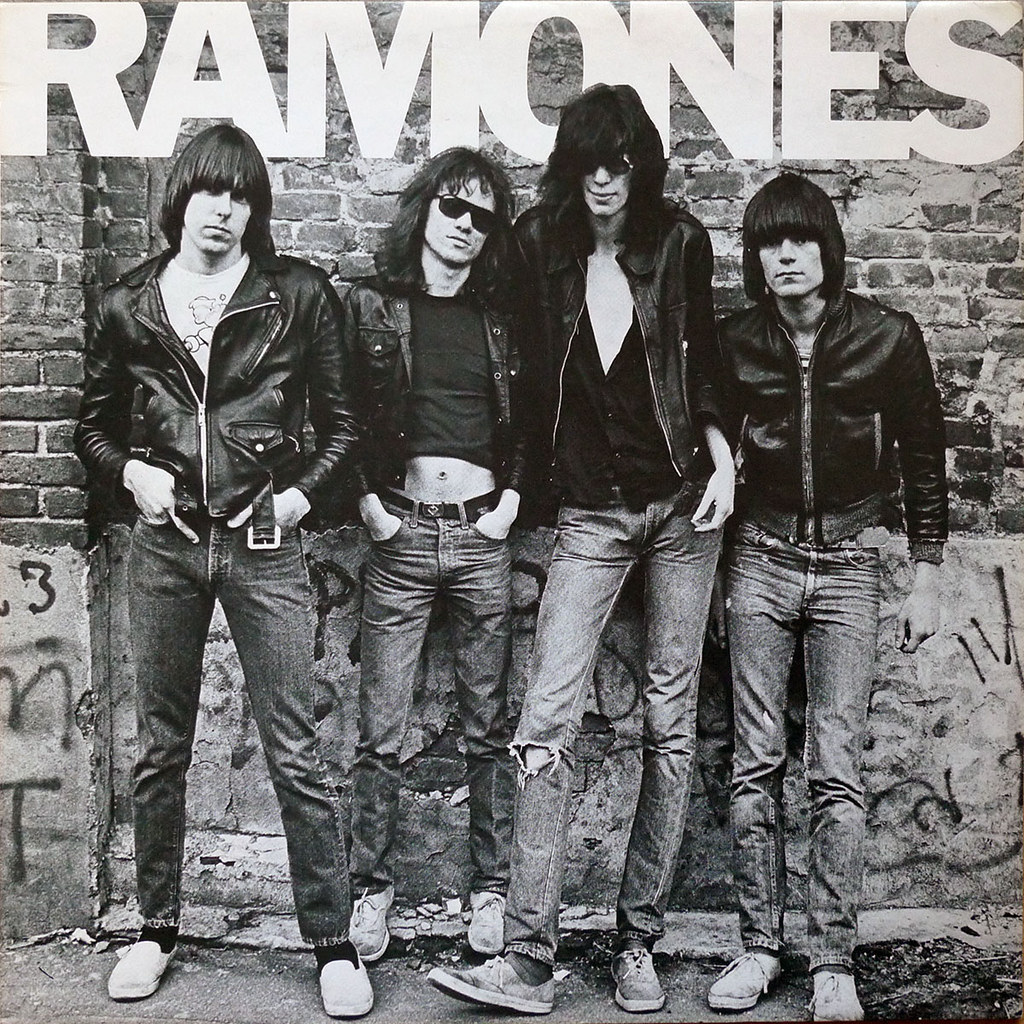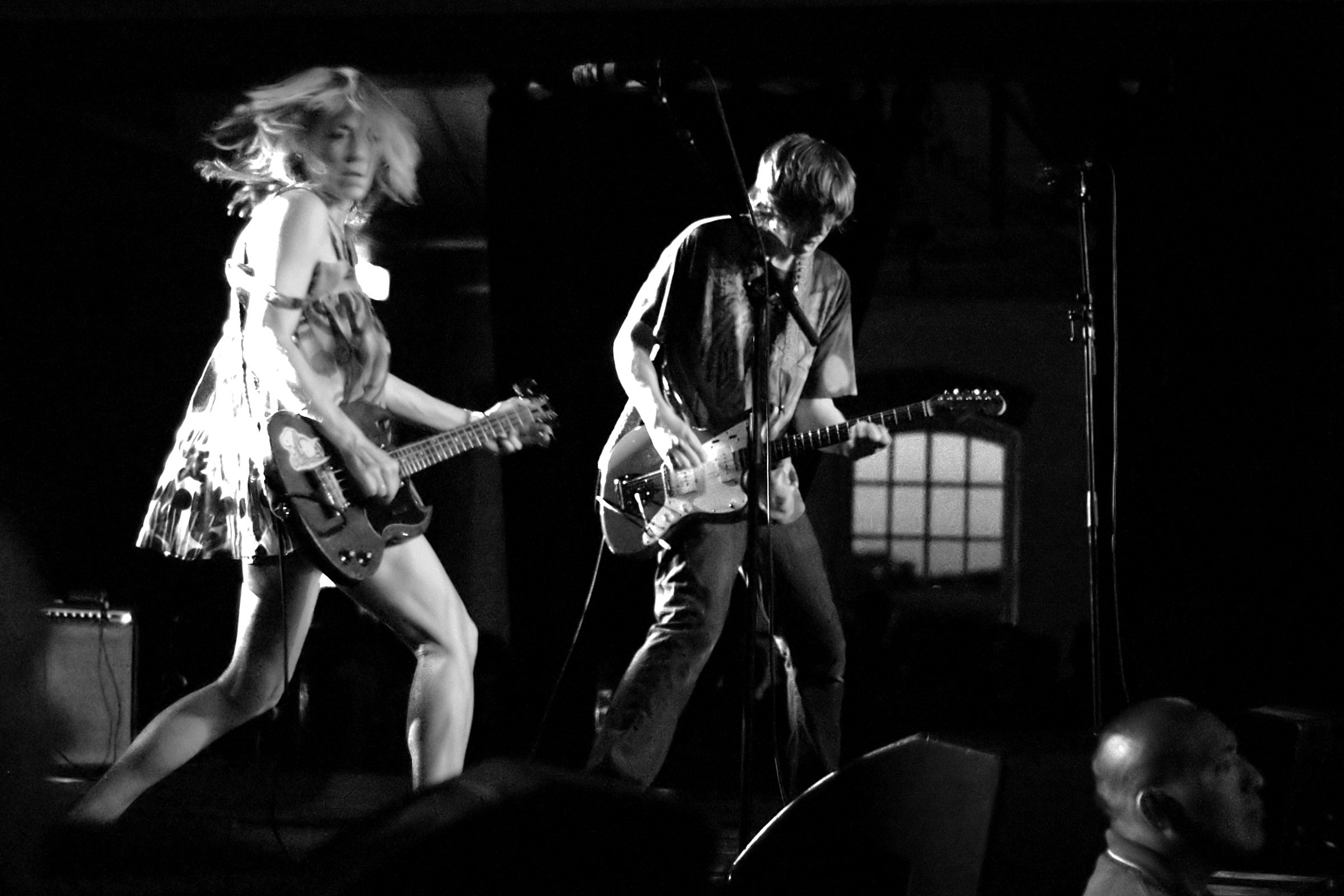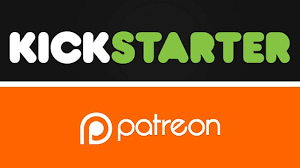 The challenge that the punk aesthetic and ideology gave its followers was to express themselves and produce relevant and authentic art, music and cultural works with their limited means. Emerging punk bands from the 70s such as Death rose up to the challenge and recorded their earliest demos in a bedroom without any professional equipment. The bands of that time recorded their own music, produced albums, merchandise, and even distributed and promoted their works independently, outside the established music industry. This DIY aesthetic that was central in spreading punk ideology and philosophy caught on with fanzines being produced widely to aid in the spread of ideas, self-produced art and music. For those with a love for words and photos, they started their own fanzine, made collages with cut-up words and all that was needed was a Xerox machine. Music lovers found out about new music and connected with each other through these self-made zines. This wave of punk rock infused its followers with an energy and also fuelled a space in which everyone felt they could do something on their own. From The Ramones to Angel and the Snakes or the early version of Blondie, they all fit into this culture of punk. It was about stripping rock back to its basics.
The challenge that the punk aesthetic and ideology gave its followers was to express themselves and produce relevant and authentic art, music and cultural works with their limited means. Emerging punk bands from the 70s such as Death rose up to the challenge and recorded their earliest demos in a bedroom without any professional equipment. The bands of that time recorded their own music, produced albums, merchandise, and even distributed and promoted their works independently, outside the established music industry. This DIY aesthetic that was central in spreading punk ideology and philosophy caught on with fanzines being produced widely to aid in the spread of ideas, self-produced art and music. For those with a love for words and photos, they started their own fanzine, made collages with cut-up words and all that was needed was a Xerox machine. Music lovers found out about new music and connected with each other through these self-made zines. This wave of punk rock infused its followers with an energy and also fuelled a space in which everyone felt they could do something on their own. From The Ramones to Angel and the Snakes or the early version of Blondie, they all fit into this culture of punk. It was about stripping rock back to its basics.
The Indie Movement
This aesthetic of punk is similar to the sensibility with which indie pop emerged. Traditionally, “indie” refers to independent art, music, film, literature or other forms of culture, created outside of the mainstream and without corporate financing. This definition, much like that of the punk aesthetic was founded on the belief that self-publishing and self-releasing books, magazines, tapes, records, clothing, posters and every other possible thing was better than going through the system. The term indie was used to define an entire subculture of idealistic artists and music fans who believed making music for yourself or a small group of people, rather than for commercial viability, profit or popularity. The desire for independence from corporate influence often meant these indie musicians and bands were performing shows in people’s homes and basements rather than traditional concert venues which require corporate sponsorship. Riot grrrl, the American underground feminist punk movement that began in the early 1990s was also heavily influenced by the core values of the punk DIY ethic and leveraged ways of communicating through zines and other related projects.
Current Influences of Punk & Indie
Today, indie-rock, indie-folk, indie-dance, indie-hip-hop and even indie-classical are common terms used to describe the sonically discernible offshoots the evolving genre once referred to as “indie”. Derived from the word “independent”, it was used to refer to a record label operating independently from commercial, mainstream record companies. However, indie has come to evoke non-commercially driven, song-led and guitar-oriented music embracing DIY aesthetics.
Independent record labels have come to be barometers of musical authenticity because artists tend to retain more creative control over their musical and aesthetic direction when working with these labels than if signed to a major label.

Sonic Youth
However, these days indie has evolved into something that has far less meaning than the original rebellious, creative, do-it-yourself aesthetic. In the current cultural scene, major labels and corporations now handle distribution for some indie record labels and major film studios are buying what were once independent film studios, and so the definition of indie in some way seems to have lost its relevance. According to critics, indie is now only a branding tool, a highly commercial and money-driven movement, more concerned with marketing a particular image instead of culture with a truly independent nature and passion for its art. The lines seems to be blurred now with bands like Sonic Youth and Built to Spill, who have signed with major labels, and directors like Wes Anderson and Sofia Coppola, who have made films in the major studio system, but who have still largely retained their authenticity and identity.
The Internet, KickStarter, Patreon
 The original aesthetic of the punk and indie movement with its emphasis on authenticity, independence and creativity has found new avenues with the widespread use of the internet, file-sharing systems, and crowdfunding platforms such as Kickstarter. Musicians like Amanda Palmer release singles on Patreon. This membership platform provides tools that allow creators to run a subscription content service, as well as ways for artists to build relationships and provide exclusive experiences to their subscribers, or patrons. Indie is seen as more of a philosophy and if artists can maintain control and integrity over their art, whether on their own or with a corporation, that is seen as being important. For instance, the home-recording project that gave rise to what became a psychedelic rock band conceived by Australian multi-instrumentalist Kevin Parker, or the music video for ‘I Love You Baby, I Love You Doll’ by the Indian band, Parekh & Singh, indicate that the original DIY aesthetics and counterculture vibe of the original punk movement is alive, even if diluted because of how popular the artists have become.
The original aesthetic of the punk and indie movement with its emphasis on authenticity, independence and creativity has found new avenues with the widespread use of the internet, file-sharing systems, and crowdfunding platforms such as Kickstarter. Musicians like Amanda Palmer release singles on Patreon. This membership platform provides tools that allow creators to run a subscription content service, as well as ways for artists to build relationships and provide exclusive experiences to their subscribers, or patrons. Indie is seen as more of a philosophy and if artists can maintain control and integrity over their art, whether on their own or with a corporation, that is seen as being important. For instance, the home-recording project that gave rise to what became a psychedelic rock band conceived by Australian multi-instrumentalist Kevin Parker, or the music video for ‘I Love You Baby, I Love You Doll’ by the Indian band, Parekh & Singh, indicate that the original DIY aesthetics and counterculture vibe of the original punk movement is alive, even if diluted because of how popular the artists have become.
The multitude of ways in which one can fundraise, create, share and distribute in every field from self-publishing to designing and crafting and more, allows for more accessibility and better distribution for smaller labels and imprints. Video uploading sites like YouTube allow aspiring filmmakers to showcase their work to potentially millions of people, without viewers ever having to step inside a movie theater. The DIY aesthetic seems to be alive in a way that it never was before. However, while technology is an integral part of the current DIY culture, it has diluted the intimacy that the scene used to define itself by.
